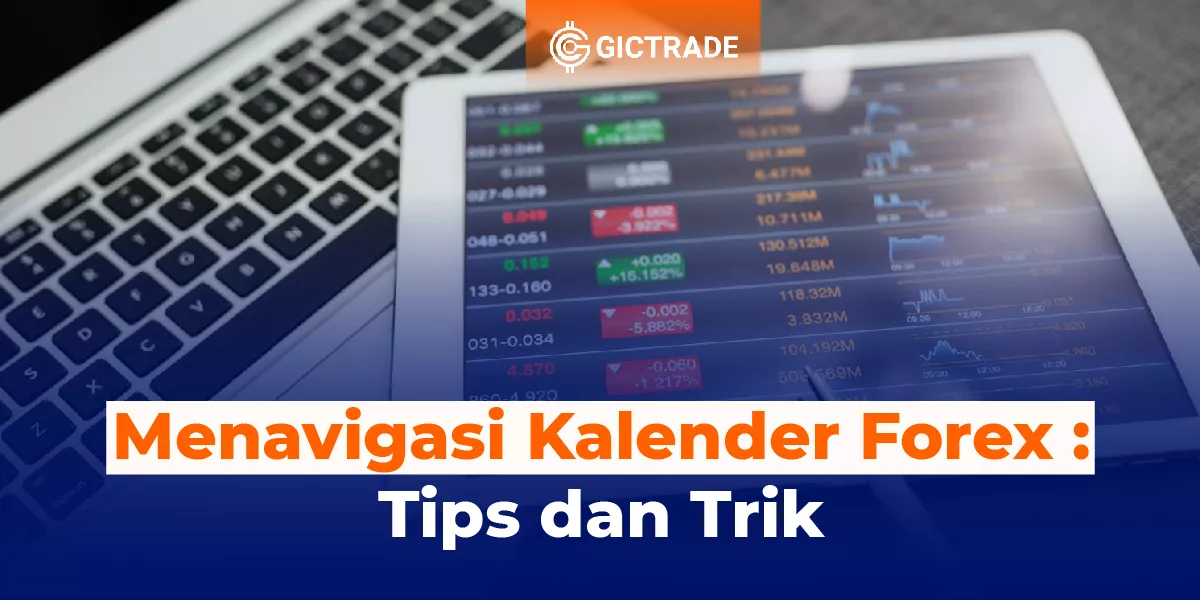Trading Strategies with Dark Cloud Cover Patterns - In the world of stock trading, an effective and smart trading strategy can make a significant difference in a trader's success. One of the most commonly used candlestick patterns is the "Dark Cloud Cover." This pattern can provide potential clues about price reversals in an uptrend. In this article, we will discuss in detail trading strategies with the "Dark Cloud Cover" candlestick pattern, providing traders with useful insights to improve their skills in trading stocks.
Table of Contents
- Trading Strategies with the "Dark Cloud Cover" Candlestick Pattern
- FAQs (Frequently Asked Questions)
- Q1: What is the "Dark Cloud Cover" candlestick pattern?
- Q2: What does the "Dark Cloud Cover" candlestick pattern mean?
- Q3: Do I need to use technical indicators to confirm the "Dark Cloud Cover" candlestick pattern?
- Q4: How to set stop loss and take profit in a trading strategy with the "Dark Cloud Cover" candlestick pattern?
- Q5: How long should I monitor a position after using a trading strategy with the "Dark Cloud Cover" candlestick pattern?
- Q6: When should I exit a position after using a trading strategy with the "Dark Cloud Cover" candlestick pattern?
- Conclusion
Trading Strategies with the "Dark Cloud Cover" Candlestick Pattern
.webp)
The "Dark Cloud Cover" candlestick pattern is a bearish reversal pattern that occurs after a strong uptrend. This pattern consists of two candlesticks, namely a long bullish candlestick followed by a bearish candlestick that covers most of the body of the previous bullish candlestick. Here are the steps that can be followed in a trading strategy using the candlestick "Dark Cloud Cover" pattern:
1. Identifying the "Dark Cloud Cover" Candlestick Pattern
The first step in a trading strategy with the candlestick "Dark Cloud Cover" pattern is to identify the pattern on the stock chart. This pattern is formed when the first bullish candlestick has a long body and is followed by a second bearish candlestick that covers most of the body of the first bullish candlestick.
2. Confirm with Technical Indicators
After identifying the "Dark Cloud Cover" candlestick pattern, it is important to confirm the signal by using technical indicators. Some indicators that can be used include the RSI (Relative Strength Index), MACD (Moving Average Convergence Divergence), or the Stochastic Oscillator. Confirmation of the technical indicator can give additional strength to the candlestick "Dark Cloud Cover" pattern signals.
3. Placing Sell or Short Orders
Once the candlestick "Dark Cloud Cover" pattern is confirmed, the next step is to place a sell or short order. Traders can choose to sell their shares or open a short position to benefit from a potential price drop.
4. Setting Stop Loss and Target Profit
In any trading strategy, risk management is essential. Therefore, it is important to set the stop loss and take profit accordingly. A stop loss is a price level at which a position will be closed if the price moves against expectations. Take profit is the price level at which a position will be closed to secure a profit.
5. Observing Price Movements and Managing Positions
After placing an order, it is important to keep an eye on price movements and manage positions wisely. If the price moves as expected, traders may consider shifting the stop loss to breakeven or taking some profits.
6. Out of Position
At some point, the trader must make a decision to exit the position. This can be done based on signals from technical indicators or changes in overall market conditions. Following a pre-set exit plan can help traders avoid irrational emotional decisions.
Want to Get Maximum Profit Fast? Join GICTrade Now!
Unlike other conventional brokerage firms, GIC through the GICTrade platform provides a solution for traders who do not want to be charged with high trading fees. GICTrade is a peer-to-peer trading platform that brings together traders and market makers.
So, what is special about GICTrade? As a platform that brings together traders and market makers, you as a potential customer can certainly choose between the two, namely becoming a trader or a market maker.
GICTrade's role as a transaction venue provider can minimize costs and help maximize profits for traders and market makers as well as create a fair transaction atmosphere and results.
Traders will benefit from the absence of commission fees and low swap fees and spreads due to the presence of market makers as liquidity providers. You can also join the trader community on GICtrade's Telegram to ask fellow traders directly about their trading experience.
FAQs (Frequently Asked Questions)
Q1: What is the "Dark Cloud Cover" candlestick pattern?
The "Dark Cloud Cover" candlestick pattern is a bearish reversal pattern consisting of two candlesticks, i.e. a long bullish candlestick followed by a bearish candlestick that covers most of the bullish candlestick body.
Q2: What does the "Dark Cloud Cover" candlestick pattern mean?
The "Dark Cloud Cover" candlestick pattern indicates a potential price reversal in an uptrend, and could be a signal to open a short or short position.
Q3: Do I need to use technical indicators to confirm the "Dark Cloud Cover" candlestick pattern?
Although not mandatory, using technical indicators can help confirm the candlestick "Dark Cloud Cover" pattern signals and give additional strength to the analysis.
Q4: How to set stop loss and take profit in a trading strategy with the "Dark Cloud Cover" candlestick pattern?
Stop losses and take profits can be set based on relevant support and resistance levels or by using risk management methods that have been proven to be effective, such as risk-reward ratios.
Q5: How long should I monitor a position after using a trading strategy with the "Dark Cloud Cover" candlestick pattern?
The time it takes to monitor a position can vary depending on the timeframe used and the volatility of the market. However, it is important to remain vigilant and be prepared to take action if conditions change.
Q6: When should I exit a position after using a trading strategy with the "Dark Cloud Cover" candlestick pattern?
The decision to exit a position should be based on a pre-established exit plan and signals from technical indicators or changes in market conditions. It is important to avoid irrational emotional decisions.
Conclusion
Trading strategies with the "Dark Cloud Cover" candlestick pattern can be an effective tool to improve your skills in trading stocks. By correctly identifying these patterns, confirming signals with technical indicators, and managing positions wisely, traders can increase their potential for success. However, as with any trading strategy, it is important to conduct careful research and testing and use proper risk management.
| Also Read : Getting to Know the "Hammer" Pattern and How to Use It in Your Trading |
 Last:
Last: 







